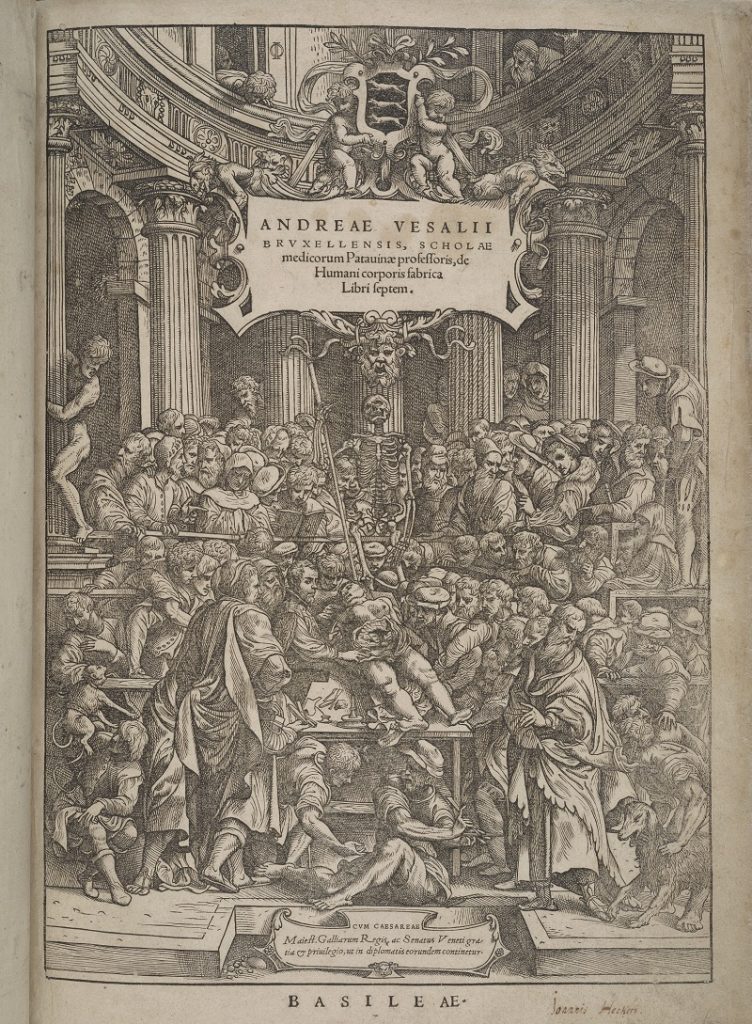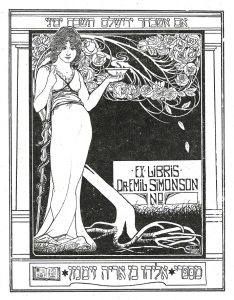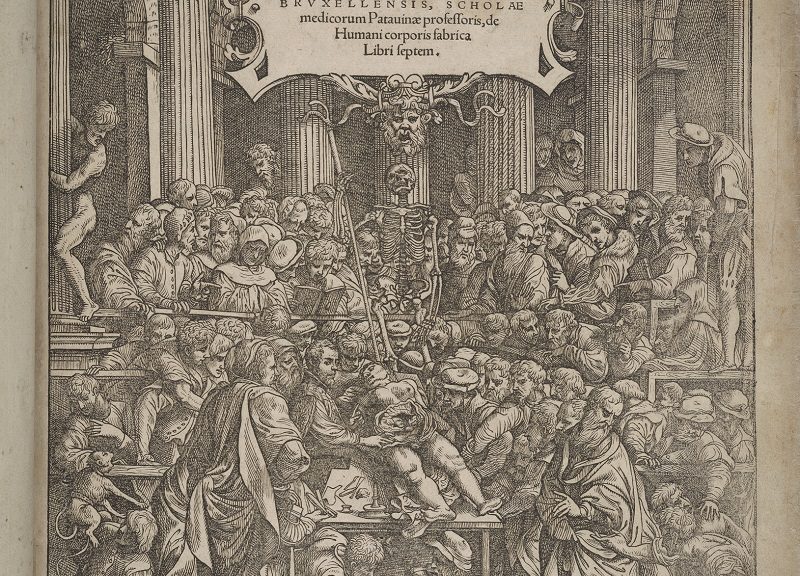Sarah Bernstein is our 2023-2024 Josiah Charles Trent History of Medicine Intern.
Tell us a little about yourself.
My name is Sarah and I am currently a student in the dual degree program, pursuing both a M. A. in public history at North Carolina State University and a M. S. in library science at the UNC School of Information and Library Science. My background is in the sociology and history of medicine, studying unorthodox and fringe medicine in the United States and England to gain insight into the creation of medical legitimacy and establishment of medical authority. I currently research the ethics of human remains on display in medical collections, museums, and related contexts.
What do you find interesting about working in libraries, especially our History of Medicine Collections?
As someone who studies the history of medicine, I was thrilled for an opportunity to work closely with the History of Medicine Collections at the Rubenstein Library! The idea of being able to hold, teach with, and introduce others to the manuscripts, materials, and artifacts that I have read about and researched was incredibly exciting.
I changed from a history career track to libraries and archives because I was interested in making history come alive and more accessible to people and the public. As a history student, I have always enjoyed research and working with archival materials, and working in libraries and archives felt like the natural next step. The fact that working in libraries enables me to be around a variety of materials, both those related to my interests and especially those that I would not have sought out myself, is a bonus.
What is a memorable experience from your internship?

My first time pulling and handling the first edition De Humani Corporis Fabrica (On the Fabric of the Human Body) by Andreas Vesalius was especially memorable. This title is considered a major advance in the history of anatomy and reflects a deep connection between medicine and art. The illustrations in the book are not only impressive because of their anatomical accuracy, but also because of the minute details which were produced by the artists and printers involved. It was incredibly cool to be in the same room as such a historically significant object that I had learned about in my previous coursework.
The entire experience of curating an exhibition for the Trent History of Medicine Room has also been memorable, and I will never be able to look at a display, exhibition, or museum the same way again. It has been an invaluable learning opportunity to work with Rachel Ingold, curator of the History of Medicine Collections, Meg Brown, the head of Exhibitions Services and E. Rhodes and Leona B. Carpenter Foundations Exhibits Librarian, and Yoon Kim, Senior Library Exhibition Technician, on the exhibition and they all were incredibly helpful as I navigated tasks like creating a cohesive narrative for the items to writing exhibition text.
Do you have a favorite item you’d like to share?
It is so hard to choose just one item! At the time that I was writing about the home medicine chest and George Starr White’s My Little Library of Health, these were my favorite items respectively. However, I would love to highlight the Medical Bookplate collection here! These bookplates were decorative labels used by book owners to indicate their ownership.

Here is one of my favorites from the collection: an art nouveau bookplate for Dr. Emil Simonson that was designed by the illustrator and printmaker Ephraim Moses Lilien. The bookplate includes a woman who holds a bowl with vapor rising from it, leaning on a staff with one snake wrapped around (likely an allusion to the Staff of Aesculapius, Greek god of medicine). Lilien incorporated Hebrew above and below the image in the border. The top text is Psalm 137:5 while the bottom reiterates that it is Dr. Emil Simonson’s property using his Jewish name, Aliyahu ben Aire Zimon.
Although I chose a rectangular black and white bookplate for this post, the collection includes numerous sizes, shapes, colors, and styles. The medical bookplate collection contains over 450 medically related bookplates and I have had such a great time going through the binders and seeing the various styles that are represented and how the same symbols of medicine and death are portrayed in both similar and different ways.


